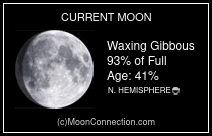Yule Log & Blessing Ball Workshop
The Yule log is a specially selected log burnt on a hearth as a winter tradition in regions of Europe and North America.
The custom of burning the Yule log dates far back to ancient Germanic times long before Christianization. Originally Yule was held during Midwinter (usually 12 days sometime between December 21st and January 6th), and the practice of the yule log calls for burning a portion of the log each evening until the twelfth night.
Families and friends would often sit around the burning log, telling stories and feasting (sometimes referred to as “yuletide”). The burnt log and ashes are then placed beneath the bed for luck, and for protection from lightning and fire. The Yule log also served as an emblem for the returning sun and warmth, similar to Yule candles and Yule bonfires.
Yule logs were very carefully selected and often made of oak. Sometimes people would carve images of gods and/or runes into the logs before burning. Throughout the years, the traditions around Yule and the Yule log have shifted and changed, as the majority of Ancient Germanic Paganism was an oral tradition.
In modern practices, the Yule log is still an integral part of winter festivities, although sometimes referred to as the Christmas log/block, or Yule block. Many people still burn the entire log in a fireplace, some burn it in a bonfire. Many others decorate the log with candles and seasonal herbs and flowers, like in this workshop.








